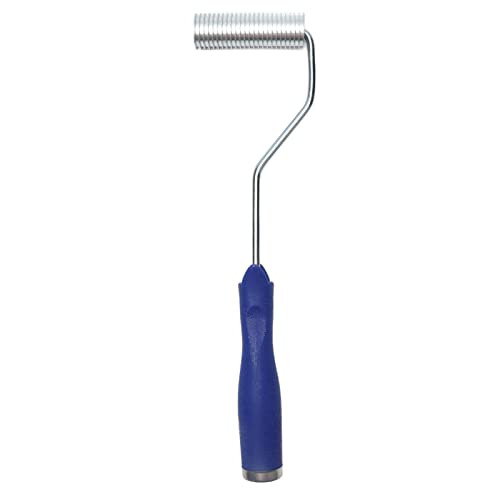I exchanged the treated plywood for untreated and got the floor and part of the deck cut and sealed with epoxy resin today:
All the black spots are those little love bugs that are swarming this time of year. Guess they like the scent of resin because they flocked to it. I decided to wrapp the floor with a layer of fiberglass. The floor ply is only 1/2". Between it being the lowest point where water will collect and me being a big guy, I felt like it could use a little extra protection. In the above pic, I'd only glassed half at the time and then realized I didn't have a 3" hole saw for the drains. Quick run to Lowe's, cut the drain holes, and glassed the other half.
After fitting the front deck on the boat, I measured out the length/width of my Motorguide TM pedal and figured out where I wanted it. I'll have to put it further back than I'd like, though, because there's a bulkhead that runs the width of the boat right at the front lip of the hole I cut out. It supports the deck, so I didn't want to cut through it. This will place the pedestal mount a little further back too. There will be another 3' of deck behind this, so it should be plenty of room

While the deck and floor are curing, I went ahead and cut up the 1" foam board and put it in the space under the floor. One 4x8 sheet filled this area in just fine. The 1" was just the right thickness for the middle where it's deepest, and it bends without breaking to fit the contour of the hull. In the pic below, between each stringer there are 2 long sheets that span the width of the hull, and then some small pieces in the middle. I'm going to pick up 2 more sheets to fit around the boxes under the deck.
Since I'll be installing the deck soon, I needed to get the rod guide tubes put in as well. Here's a pic of the loose fit:
I had to leave space in the top/center for the recessed trolling motor tray I'll be fabbing up soon. By using the tubes as guides and getting the angles right, I was able to get much longer lengths than I originally expected. The bottom left and right tubes are the shortest of all them and will be able to fit 6'6" rods. The 5 that are kind of in the middle can fit 7" rods. The 2 at the top can fit up to 8' rods. These lengths are based on extending the deck 36" back to the console and have a lot of extra wiggle room to get rods in/out. I'm going to play around with it and see if I really need to go back that far.
One thing that was really helpful in gaining every possible inch here was cutting the PVC ends to fit the contours of the hull and stringers. Doing it this way gives about 2" extra inches on each tube.
I'm going to give the resin a few days to cure before I carpet the deck and floor. I need to carpet the bulkhead before I can install the floor anyway (the bulkhead where the rods will go into the PVC). I'm trying to decide how I want to finish the rod guides. I'll wrap the carpet and through the hole a bit, but that may be all. I found some things online that resemble a whisker biscuit for a bow that I thought about using to cover the PVC guides, but at this point that would be purely cosmetic.
Now that the cleaning/scraping/grinding days are mostly through, I've got to say I'm really enjoying myself now. It's pretty cool to get to make a little progress and start to see the vision come together









































































